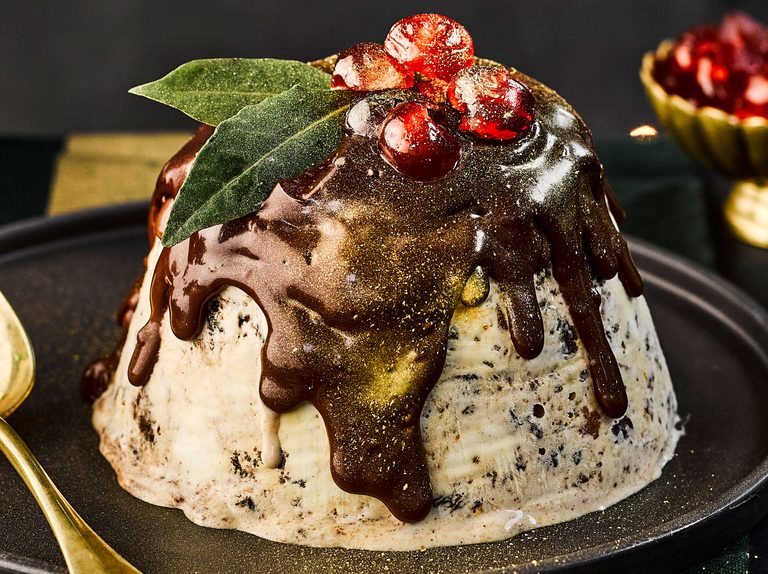After having a glass of red wine the night before, we’ve all woken up with a terrible headache. But have you ever thought about why red wine seems to be the main cause of those painful headaches the next morning? Scientists may have finally solved the case.
Glass of Red Wine: A new study shows that quercetin is the cause of the problem.

Scientists found that red wine has a flavanol called quercetin that is naturally found in grapes. Their work was recently published in Scientific Reports. This quercetin might mess up the way the body breaks down booze, which could cause a poison called acetaldehyde to build up. As a result? Unpleasant signs like feeling sick, flushing, and, of course, that headache.
Quercetin is a double-edged sword: it is an antioxidant that causes problems.
Quercetin is a good antioxidant on its own, but when it mixes with alcohol, things go wrong. When quercetin is mixed with alcohol, it changes into quercetin glucuronide, which is a substance that the liver breaks down. When this metabolite is present with alcohol, it may raise the amount of acetaldehyde, a chemical that is known to irritate and inflame the body.
Glass of Red Wine: Acetaldehyde’s Toxic Touch: How to Understand the Red Wine Headache
Acetaldehyde is the harmful residue that is linked to a number of symptoms, such as flushing, headaches, a fast heartbeat, and feeling sick. Some unlucky people may get these headaches 30 minutes to three hours after drinking even a small amount of red wine.
Who Gets Headaches Often?
The big question is still why some people get headaches from red wine and others don’t. Researchers are still not sure. It’s possible that some people are more sensitive to acetaldehyde or that quercetin is broken down differently in their bodies. More research will be done in the future to find out who is most at risk.
Picking the Right Red: How to Enjoy Wine Without Getting Headaches
If you want to find a red wine that won’t give you a headache, you might need to try a few different ones. Different red wines have different amounts of quercetin because of things like how much sunlight the grapes get, how the wine is made, and even the type of grapes that are used.
Less expensive red wines usually have less quercetin in them, which makes them a better choice for some people. Some people think that Pinot Noir and Syrah wines might help with headaches. Also, people who get headaches might want to choose white wine instead of red wine, which has less quercetin.
Glass of Red Wine: How to Find Your Way Around the Red Wine World
For now, there isn’t an easy way to check how much quercetin is in wine bottles. However, you can learn a lot by watching how your body responds to different kinds of red wine. If you’re not sure which bottle to choose, a cheaper one might save you from getting a headache the next day. Now let’s enjoy wine without getting headaches!



